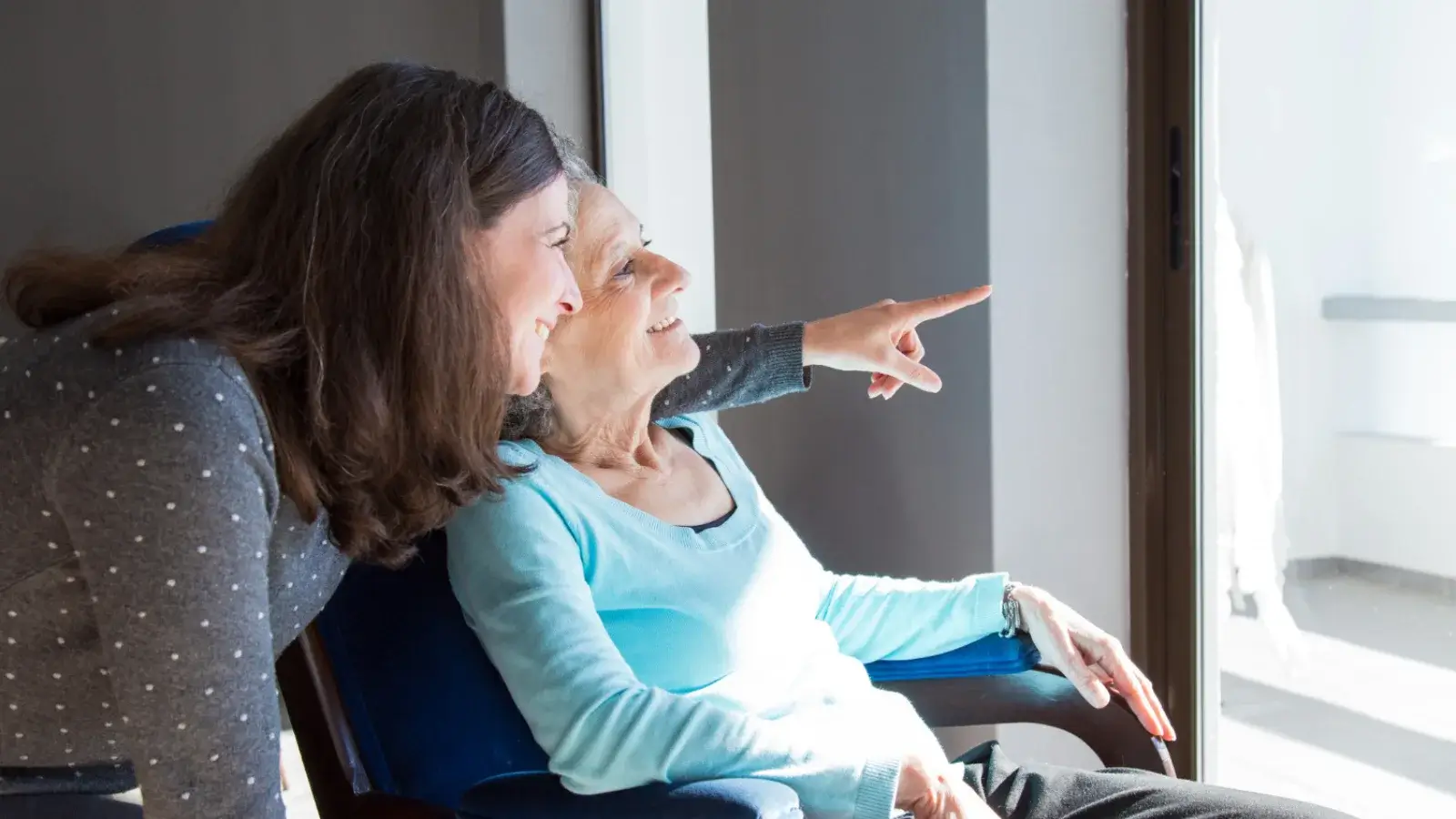
Concealed Carry 101: Essential Tips for New Permit Holders

Getting a concealed carry permit is a big step for a lot of gun owners. In some states, it’s the only legal way to carry a handgun for self-defense. But it’s not just about getting the permit—it’s about using it responsibly and staying committed to safety. So, if you’re new to concealed carry, here are some key tips to help you handle the responsibility with confidence.
Start with the Right Handgun & Gear
A successful concealed carry experience starts with selecting equipment well-suited for your needs and body type.
Picking a Carry Gun You Can Shoot Well
Picking the right concealed carry gun isn’t always straightforward. If you’re new to this, you might not know what feels right or functions best just yet. That’s normal—just take your time to make the decision. One of the first things to think about is the caliber and size that will work for you.
-
Caliber Considerations: A 9mm sidearm is usually a good starting point, but a .380 ACP can be easier and more comfortable to conceal in exchange for less stopping power. It’s more important to make a caliber choice around accurate shooting (particularly in a high-stress situation) than bullet size.
-
Size Matters: Subcompact pistols are appealing because of their size and concealability but may not be ideal for accuracy. A compact model may offer a better balance.
-
Reliability is Non-Negotiable: Select a firearm from a reputable manufacturer with a proven history of reliability. Talk with gunsmiths and other gun owners for their opinions.
-
Ergonomics: Your carry gun should feel good in your hand. You need to reach the controls easily and get a solid grip. If not, your aim—and your confidence—can suffer when it really matters.
Pro Tip: Check local ranges for on-site pistol rentals. They’re a great way to get hands-on experience before purchasing.
Quality Holster and Gun Belt Matter
It’s easy to focus on only the gun when thinking about concealed carry, but a holster and belt are equal parts of the equation. These essential tools must provide:
-
Secure Retention: A holster must secure the firearm, especially during movement.
-
Trigger Guard Protection: A well-designed holster incorporates a trigger guard to prevent accidental discharges.
-
Comfortable All-Day Wear: Comfort is the key to ongoing concealed carrying. Avoid any holster that interferes with this objective.
-
Proper Positioning: Look for a holster that enables a consistent, natural draw without fumbling or interference.
CCW basics include using a purpose-designed gun belt that won't sag under the weight of a firearm. The average store-bought belt is made more as a fashion accessory that keeps your pants up rather than securely supporting a weapon.
Practice, Practice, Practice
The confidence that should accompany a successful approach to concealed carry comes from ongoing and consistent practice.
Dry-Fire and Laser Training at Home
One of the best things you can do as a beginner? Get into the habit of regular dry-fire practice:
-
Ensure Safety First: Always follow proper dry-fire safety protocols, including removing all ammunition from the weapon and the room. Establish a regular practice area so it’s easier to spot if something is amiss.
-
Focus on Fundamentals: Work on your grip, sight alignment, trigger control, and drawing from concealment. Be sure to practice using your street holster.
-
Use Laser Sights for Feedback: A laser sight during dry-fire practice provides immediate visual feedback on trigger control and aim. It’s a cost-effective way of gaining experience without firing a shot or visiting a range.
-
Practice Realistic Scenarios: Real-world self-defense scenarios seldom support perfect range stances. Train from various positions, such as behind a barrier or lying on the floor.
To enhance your skills, set aside 10-15 minutes of dry-fire practice a few times a week.
Routine Range Time for Accuracy and Confidence
Dry-fire practice should be supported by live-fire training. Concentrate on:
-
Scheduling Regular Range Sessions: Skills can soften over time, so hit the range at least monthly to stay in practice.
-
Train Realistically: As range rules allow, practice from a concealed position, shooting from varying distances with the benefit of cover. Look for courses that offer self-defense scenarios for even more realistic practice opportunities.
-
Focus on Accuracy Under Pressure: Add time constraints or practice following physical exertion while focusing on maintaining accuracy.
-
Document Your Progress: Create and keep a training log to track skill development and identify areas of improvement.
Range time should focus on defensive shooting skills, not just putting holes in a paper target.
Safety and Legal Know-How
Carrying a concealed firearm comes with significant legal and safety responsibilities, which can vary by jurisdiction.
Know Your Local Laws and "Gun-Free" Zones
The essentials of how to concealed carry safely include:
-
Studying State-Specific Laws: Concealed carry legal requirements vary dramatically by state. Assuming what’s permissible in one jurisdiction applies to another can get you into hot water with the authorities. This is critical to understand if your concealed carry permit grants reciprocity in other states. Know the laws where you live, and anywhere you plan to travel.
-
Understanding Prohibited Locations: Most states designate specific locations as gun-free zones, such as government buildings, schools, and houses of worship. Certain private buildings could be off-limits. Carrying a handgun into any of these facilities is illegal, regardless of your permit.
-
Learning Use-of-Force Laws: Make sure you understand when using lethal force is actually legal where you live—even inside your own home. Don’t just go by what people say online. Talk to someone who really knows the law, like a firearms instructor, a police officer, or an attorney.
-
Stay Current on Changing Regulations: Laws can change, so stay up-to-date on gun-related regulations in your area. A local gun club or ownership group can be a good source of information.
Safe Handling Habits
Proper safety habits are mandatory with gun ownership, especially in concealed carry situations:
-
Observe Trigger Discipline: Only place your finger on the trigger when you’re ready to shoot.
-
Be Mindful During Holstering: Being distracted during holstering can lead to a negligent discharge. Also, look for obstructions (like loose clothing) during holstering.
-
Inspect the Equipment: Regularly check your gun and holster for wear, damage, or debris.
Consider Concealed Carry Insurance
Complex legal issues can sometimes accompany a concealed carry incident (even without pulling the trigger). In an extreme situation, this can involve the police or a civil lawsuit requiring an attorney. A self-defense liability insurance policy can pay for legal help, bail, and related expenses. Explore your options before ever setting foot into the public with a weapon on your body.
Everyday Carry Lifestyle Adjustments
Taking on the responsibility of concealed carry requires some changes to your daily life and routines.
Dress for Concealment and Comfort
Consider these necessary adjustments to your wardrobe:
-
Layer Strategically: Adding a lightweight outer garment like a jacket or overshirt can prevent printing (the visible outline of your gun or holster).
-
Dress Accordingly: Different carry positions (such as inside or outside the waistband or appendix carry) require different types of clothing to accommodate access and concealment.
-
Focus on Practicality Over Fashion: While most people like to look sharp, doing so can interfere with quick and unobstructed access to their firearms.
-
Plan for the Season: Create a wardrobe strategy that can accommodate changing weather conditions.
Develop a Daily Routine
Establishing second-nature habits promotes safe and effective concealed carry habits.
-
Perform a Daily Equipment Check: Before holstering up each morning, check your firearm and holster for damage or wear.
-
Ensure Consistent Placement: When possible, carry your handgun daily in the same position to foster muscle memory.
-
Plan for Alternate Storage: Have a backup plan for storing your weapon when entering a restricted building. Often, this can involve securing the gun in your vehicle (check local regulations for any requirements).
-
Establish an Evening Security Routine: Create a consistent process for securing your handgun at night; this step is especially critical if you live with children.
Mindset and Responsibility
Beyond the legal requirements of concealed carry is the responsibility of straight thinking.
Concealed Carry Confidence vs. Ego
It’s critical to be more cautious when approaching concealed carry. Avoid confrontation. Remember, you’re not the only one with a concealed carry permit.
-
Defuse Conflicts: A concealed handgun is a tool of last resort. So, de-escalating a situation should be your first instinct. Sometimes, walking away is all you need to do.
-
Stay Humble: A concealed carry permit shouldn’t be perceived as a way to boost your ego but as a method to increase your wisdom and discretion.
-
Be Discreet: Displaying (even unintentionally) your concealed carry weapon in public can concern uninformed citizens and result in a police encounter. Keep what you carry to yourself.
Continuous Learning
Even if your state requires participating in a CCW class before issuing a permit, this shouldn’t be the end of your education.
-
Explore Advanced Training: Basic online or classroom safety courses are good starting points, but there’s no substitute for scenario-based training for next-level practice.
-
Join Responsible Communities: Connect with owner groups that focus on safety and proper concealed carry techniques.
-
Stay Informed: Regularly read up on matters involving gun ownership and concealed carry issues.
Continue the Concealed Carry Journey with a Laser Sight
A handgun laser sight can help keep your skills sharp and provide crucial targeting assistance in a self-defense situation. Explore your custom-fit options at the ArmaLaser store. ArmaLaser’s customer support team is also available. Contact them online or call (800) 680-5020
DISCLAIMER: This article is for educational purposes only and is based on correct firearm handling and lawful use. This information is not a substitute for proper training.













